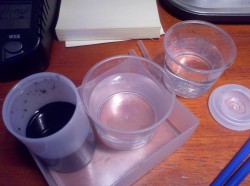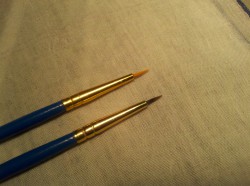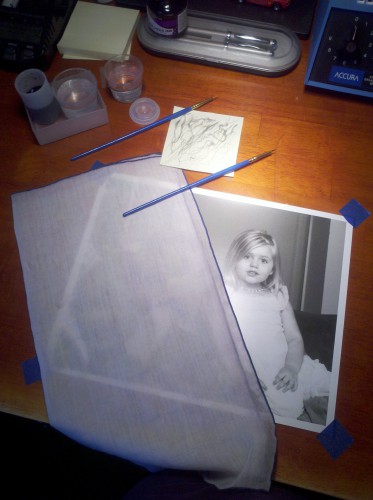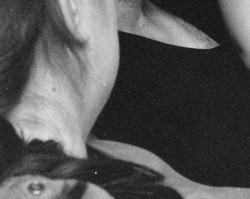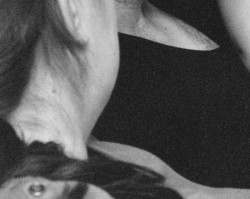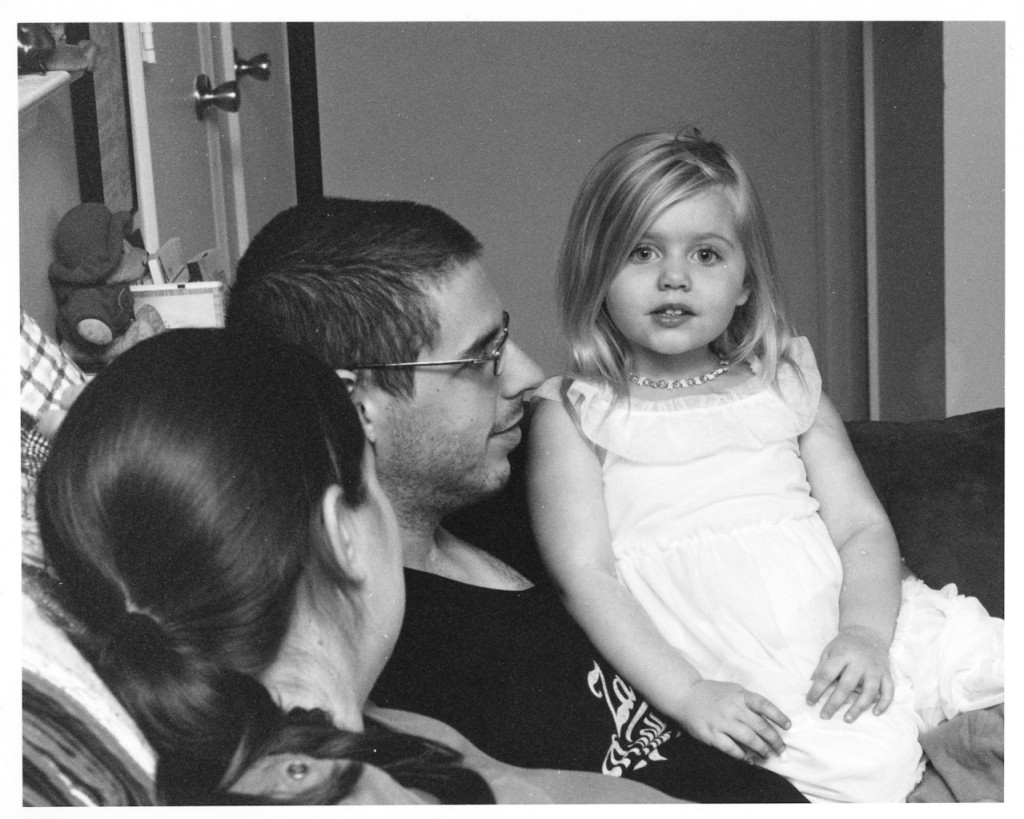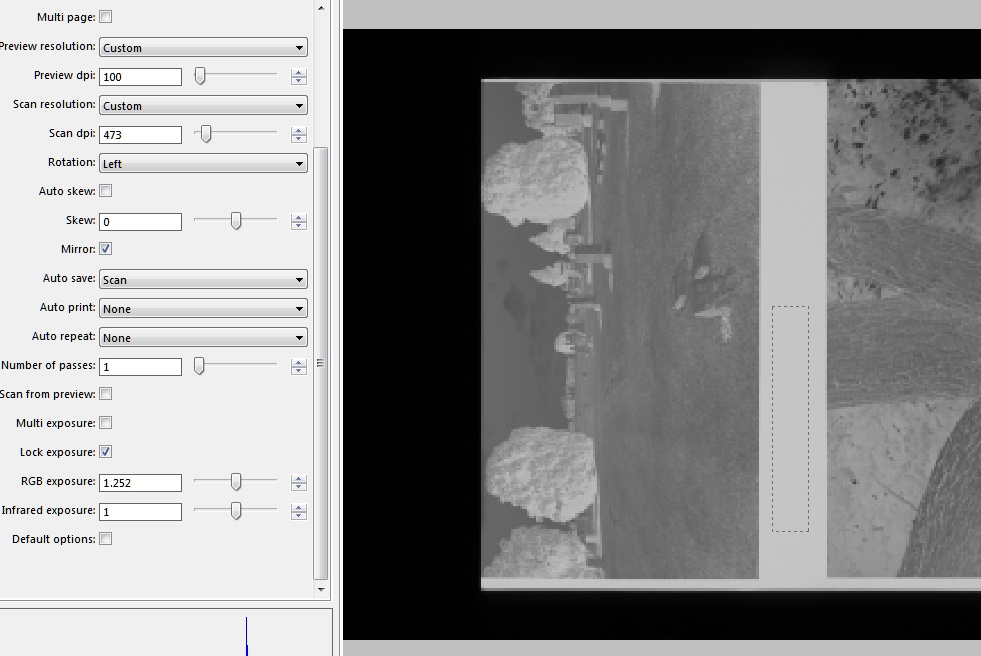If there’s one company I have no doubt at all stands behind film photography, it’s Ilford Photo. The UK-based outfit is far and away the leader in traditional black and white photography, with a full product lineup of film, paper and chemistry which puts everyone else to shame. Not bad form at all considering that just about a decade ago their future seemed very much in doubt.
These days they’re in rude health, described as “robustly profitable”, launching new products like the “Titan” large format pinhole camera and operating black and white pro lab services in both the UK/Europe and USA/Canada markets. Today’s announcement, however, is of major significance to people like me who still operate their own darkroom; an update to one fiber-based paper product and a whole new FB paper line!
 The existing MGIV fiber base product is being replaced by a new, improved version called Multigrade FB Classic with shorter exposure times and better responsiveness to toning compared to the MGIV FB papers it replaces. An all new cool tone paper, Multigrade FB Cooltone, is being added to the lineup. Meanwhile, the existing Multigrade FB Warmtone will remain unchanged. Ilford Photo now have a complete fiber-base paper lineup which affords a great deal of control over the final image through choice of paper and toning options. Fantastic!
The existing MGIV fiber base product is being replaced by a new, improved version called Multigrade FB Classic with shorter exposure times and better responsiveness to toning compared to the MGIV FB papers it replaces. An all new cool tone paper, Multigrade FB Cooltone, is being added to the lineup. Meanwhile, the existing Multigrade FB Warmtone will remain unchanged. Ilford Photo now have a complete fiber-base paper lineup which affords a great deal of control over the final image through choice of paper and toning options. Fantastic!
Now, granted, I have not yet dipped my toe into printing on fiber base paper. I have a sample pack of Adorama’s matte and glossy FB papers I bought when I first opened up my darkroom, but concerns over the hardening fixer I was using being difficult to wash out and not having a proper print washer or hypo eliminator had caused me to hold off. Plus I really wanted to make sure I had the basics down on cheaper RC materials before jumping in at the deep end of proper fine art papers and the extra processing diligence they call for. Since I’ve switched to a non-hardening rapid fix again, specifically Formulary TF-5 which is said to make washing FB paper much easier even without the use of hypo eliminator, I intend to work through that sample pack soon to get a feel for working with fiber base materials.
Anyway this is great news for those of us who love the dark(room) arts and want to see the craft of traditional printing live on. Clearly, Ilford Photo believes it’s worth the R&D effort to make whole new products for us.
Follow @Ilfordphoto on Twitter.
